OpenAI and Microsoft Define AGI by Profit Potential, Internal Documents Reveal
In a surprising revelation, internal documents have shed light on how OpenAI and Microsoft define Artificial General Intelligence (AGI), with a focus on profit potential rather than technological capabilities. According to these documents, the companies consider AGI to be a system capable of generating $100 billion in profits.
This internal definition contrasts with the public narrative, which emphasizes AGI as a system that can outperform humans in economically valuable work. The documents also reveal that AGI systems are excluded from intellectual property licenses and commercial terms in OpenAI’s agreement with Microsoft.
Financial projections paint a challenging path for OpenAI, with the company expecting significant losses before reaching AGI. The AI firm anticipates losses of $44 billion from 2023 to 2028 but projects the potential to reach $100 billion in revenue by 2029.
Despite these financial hurdles, OpenAI’s CEO Sam Altman remains optimistic. He has predicted that AGI might be achieved earlier than expected, though he also suggests its impact may be less significant than many anticipate.
In recent organizational developments, OpenAI is reportedly in talks about transitioning to a for-profit entity. This marks a significant shift for the company, which was initially launched as a nonprofit in 2015. A recent funding round has valued OpenAI at an impressive $157 billion, highlighting the growing interest and investment in AI technologies.
When approached for comment on these revelations, both OpenAI and Microsoft declined to respond to the report.
As the race for AGI intensifies, this profit-centric definition raises questions about the future direction of AI development and its potential impact on society and the economy. The tech industry and policymakers will likely be watching closely as these developments unfold.


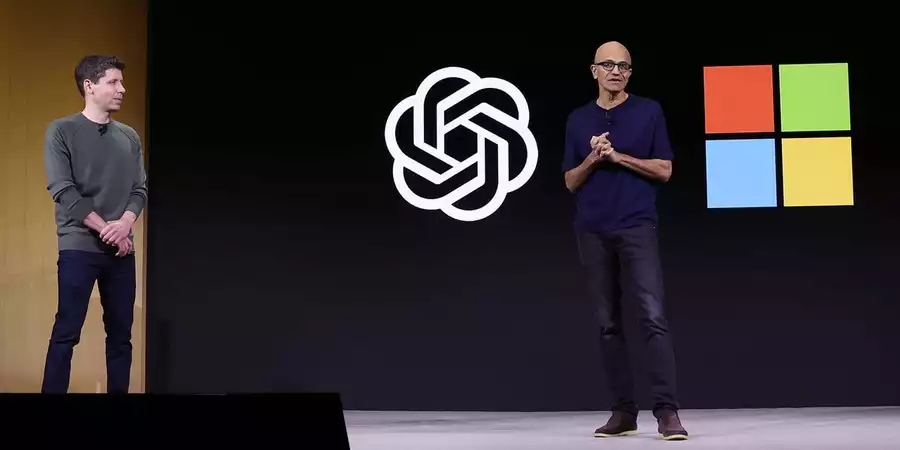
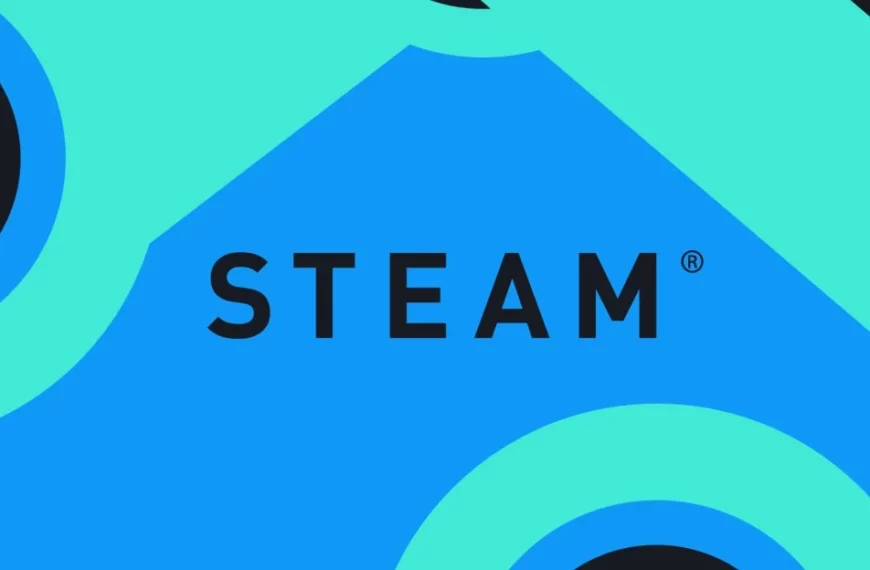
 By
By
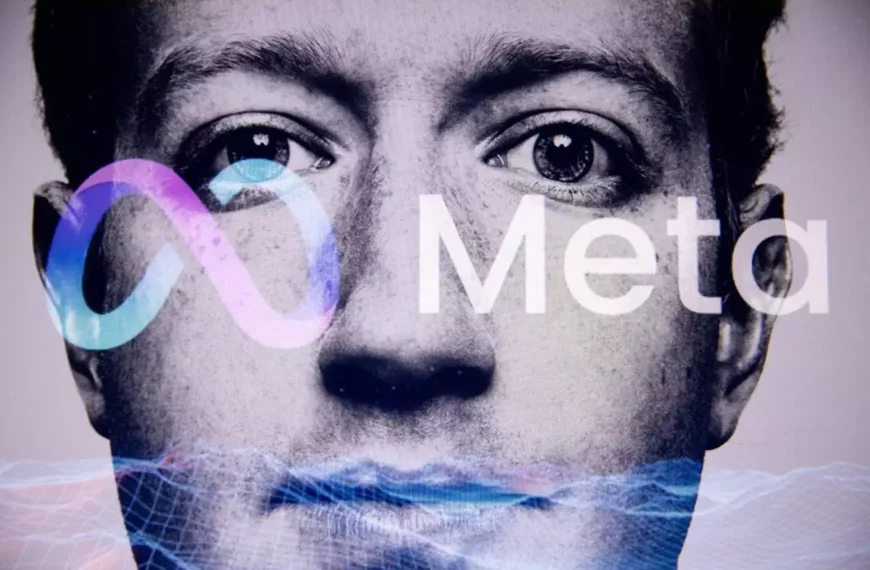
 By
By
 By
By
 By
By
 By
By![A person sits on a blue chair during a discussion at an event. They appear thoughtful, wearing a dark jacket and a light shirt, with a blue backdrop featuring the text "HUMAN[x]."](https://biztechweekly.com/wp-content/uploads/2025/07/metas-14.3b-scale-ai-investment-sparks-surge-in-competitor-growth-and-client-shifts-in-ai-training-market-870x570.webp)

 By
By




 By
By
 By
By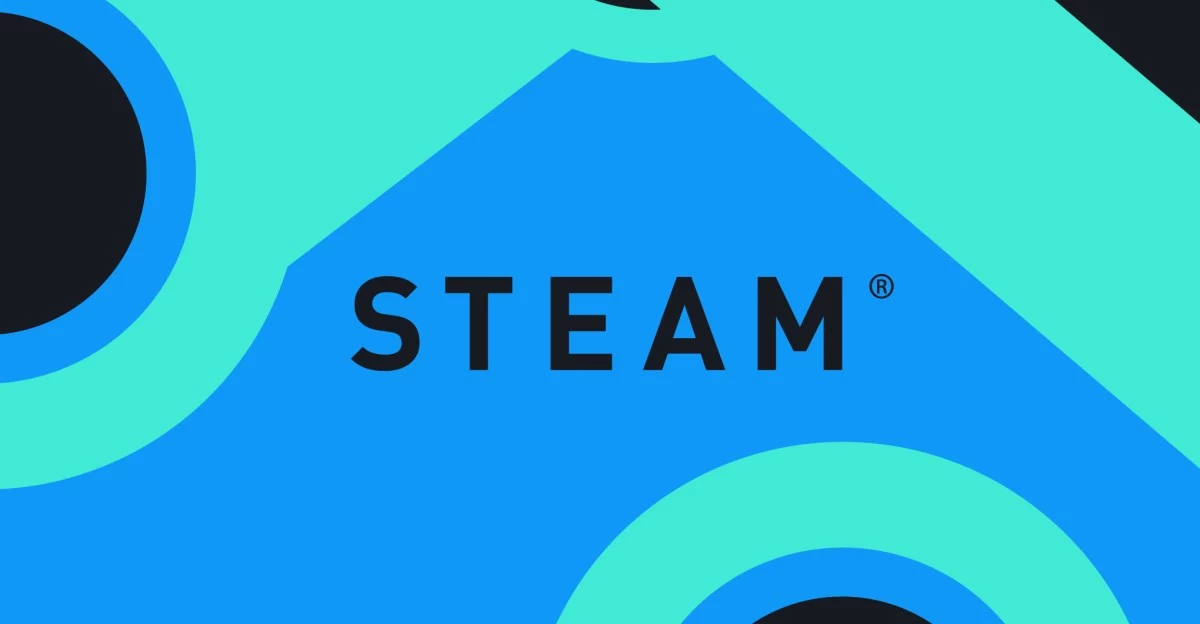

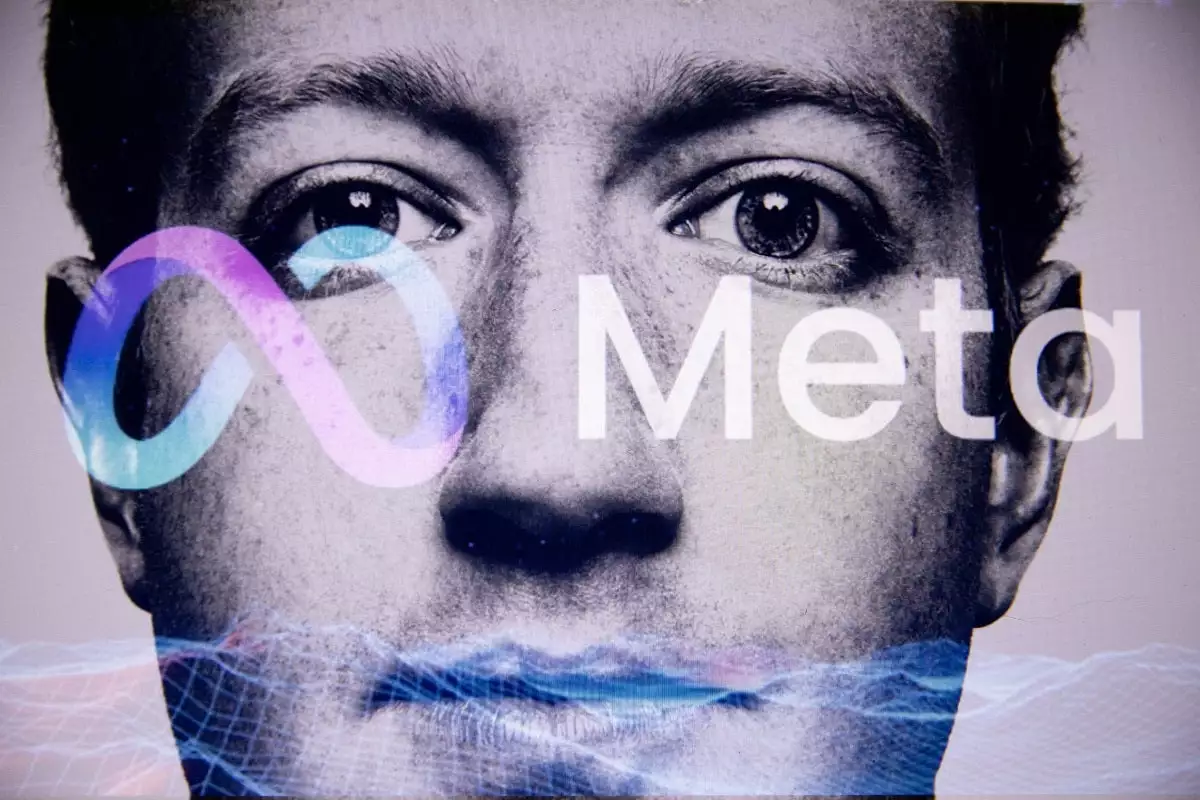



![A person sits on a blue chair during a discussion at an event. They appear thoughtful, wearing a dark jacket and a light shirt, with a blue backdrop featuring the text "HUMAN[x]."](https://biztechweekly.com/wp-content/uploads/2025/07/metas-14.3b-scale-ai-investment-sparks-surge-in-competitor-growth-and-client-shifts-in-ai-training-market.webp)

